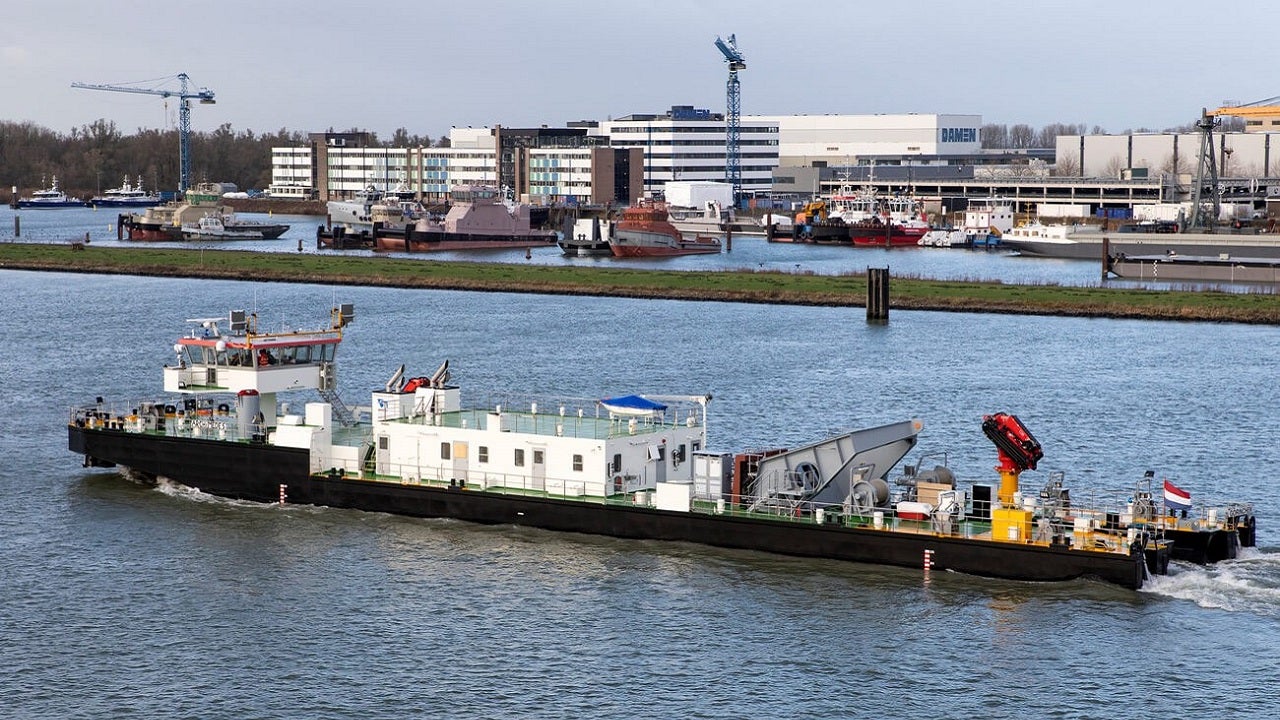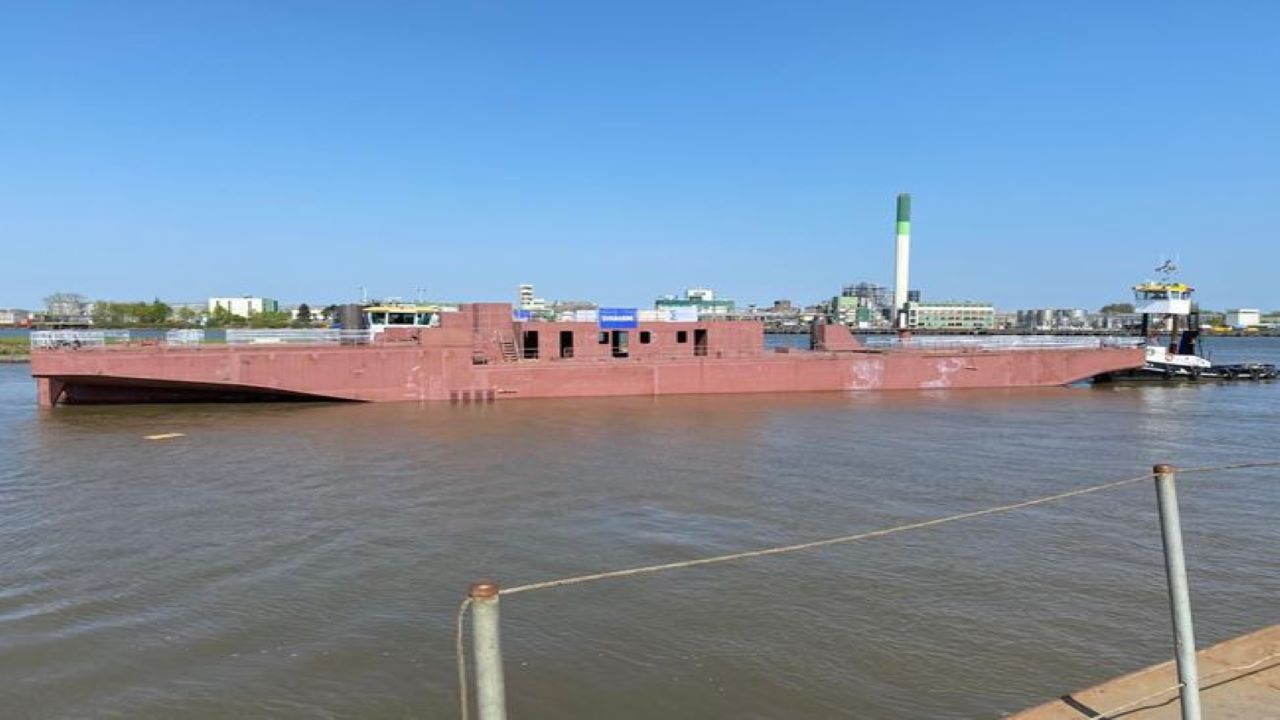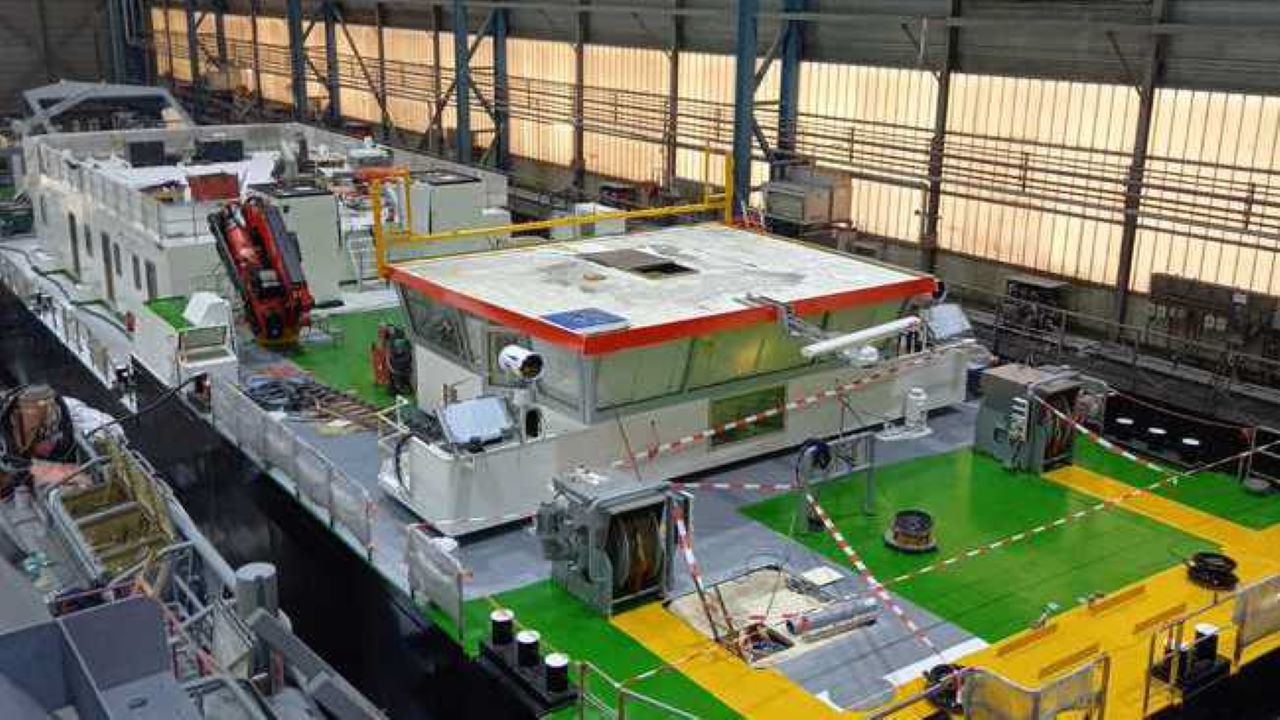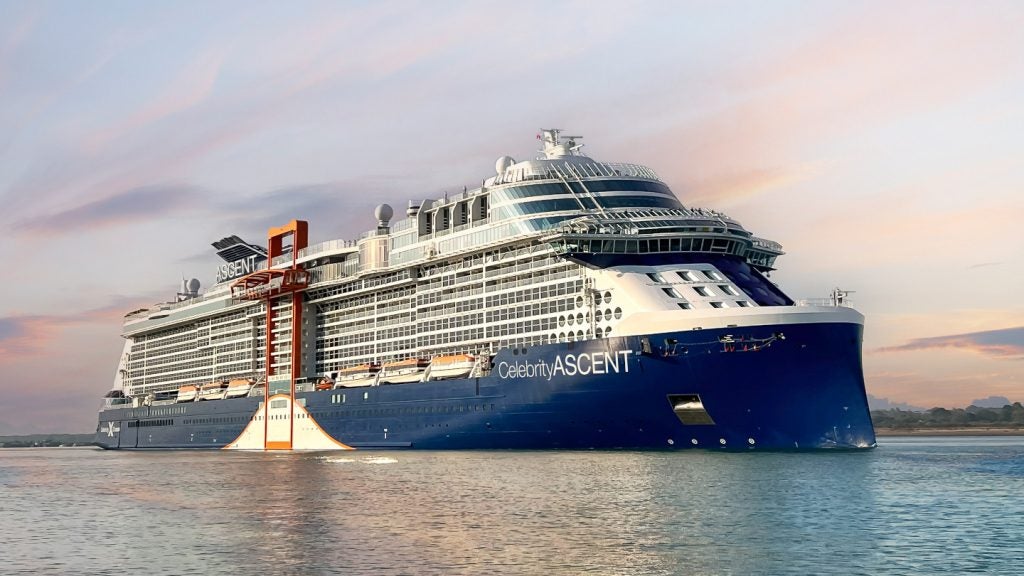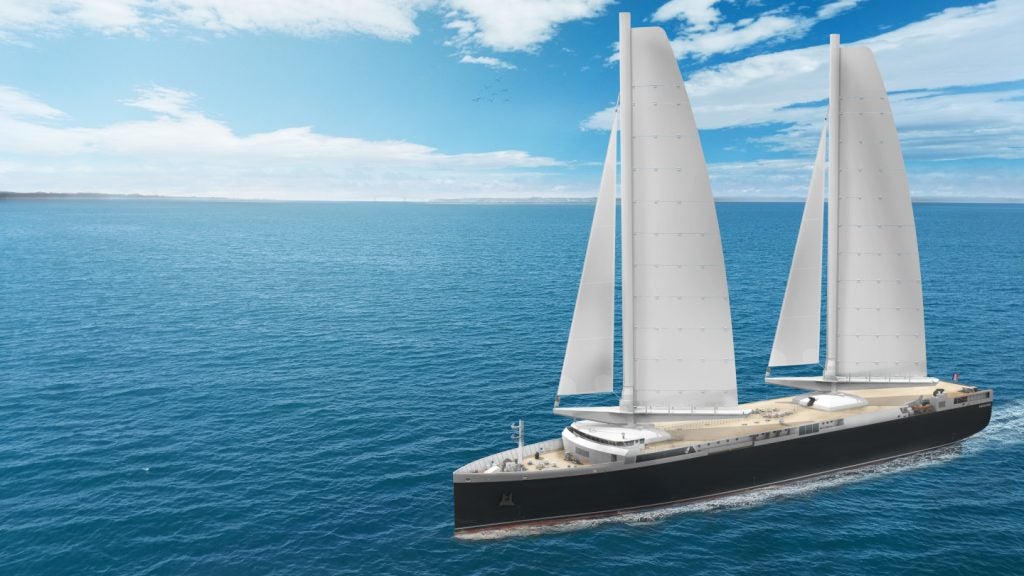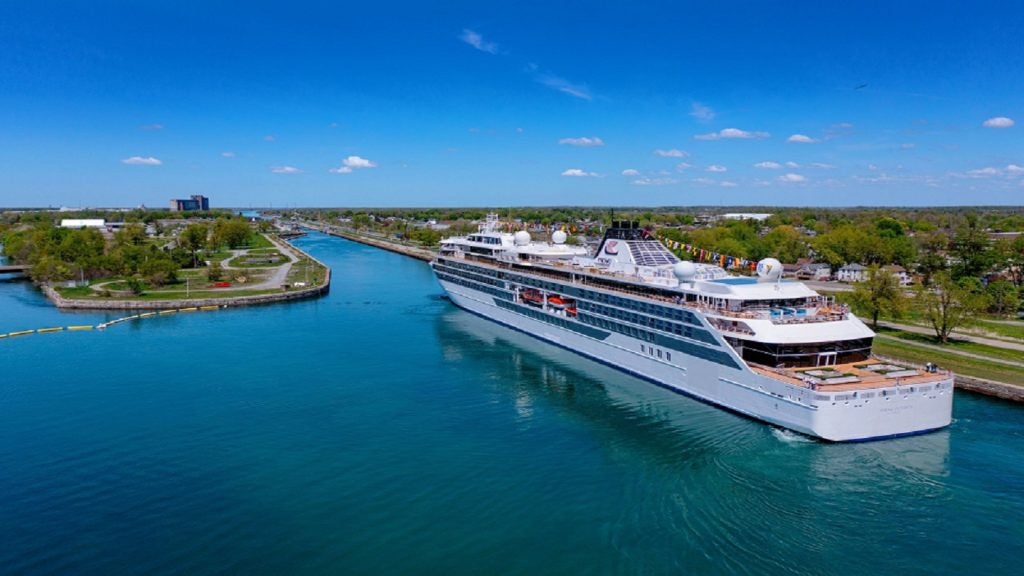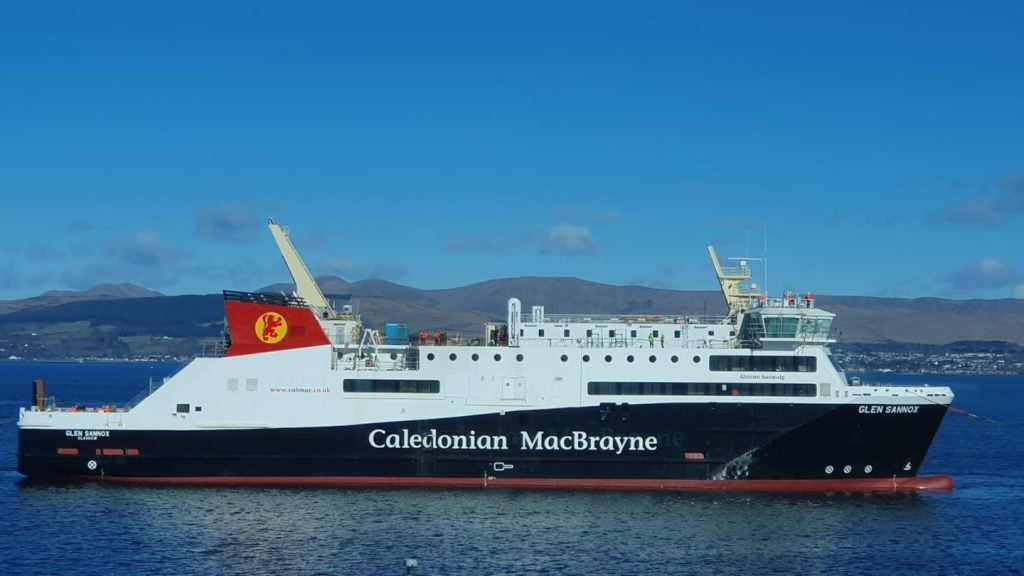Carl Straat is a new diving bell ship intended for operation in the Rhine and its tributaries across central and western Europe. The new ship will be deployed in search and recovery of lost cargo and wreckage, as well as inspection of underwater infrastructure and in support of construction works.
The new Carl Straat will replace the older Carl Straat, which has been in operation on the Rhine since 1963. The new diving bell ship project involved an investment of approximately €23m ($27.6m).
The vessel will be operated by the Duisburg waterway and shipping authority WSA (Wasserstrassen- und Schifffahrtsamt), Germany.
Carl Straat construction
The decision for the construction of a new Carl Straat diving bell ship was announced in November 2018. Damien Shipyards Group was awarded the construction contract by FMSW Koblenz in January 2019.
The keel-laying ceremony was held at Europoort Construction in Hendrik Ido Ambacht in October 2019, signifying the completion of the design and engineering phase.
The hull of the ship was launched in July 2020 and the entire construction and outfitting of the ship were completed in January 2021.
Design and features of Carl Straat
The new Carl Straat is based on the proven design of its predecessor. The new ship with a length of approximately 69m is 17m longer than the old Carl Straat.
The ship allows operations in up to 10m-deep waters while providing a completely dry working environment. The application of overpressure in the steel bell blocks the passage of water, allowing the removal of obstacles in completely dry conditions at the river bed.
The vessel is also capable of creating barrel anchors in the gravel or rock area to carry out sampling and drilling works via the equipped boreholes with nitrogen freezing in the Rhine river. The modernised diving bell system, including a lifting device on the ship, enables it to travel on the congestion-controlled tributaries without lowering.
Diving bell system on board Carl Straat
The new diving bell system on board the ship integrates the HAUX-Starcom and the Haux Bellstar hyperbaric chambers. The diving bell components include an entry lock, a lock conduit with a stairway, and a watertight caisson chamber, which is the main working area with the capacity to accommodate six personnel.
The improved diving bell assembly also handles underwater current forces influence and comes equipped with a HAUX-Fire extinguishing system. The entire chamber components are supported by a high-performance breathing air system including heating and insulation for the bell chamber.
Propulsion
The Carl Straat diving bell ship is powered by a high-performance SCHOTTEL diesel-electric propulsion system that is compliant with the EU stage V standards.
The propulsion system integrates three azimuth thrusters, two rudder-propellers and a pump jet driven by electric motors. It provides high manoeuvrability in narrow waterways and enables the vessel to sail at a constant speed of 13km/h.
Contractors involved
Haux Life Support, a German company specialised in medical technology, diving systems and tunnel constructions was awarded the contract to supply the diving bell system for the ship.
Europoort Construction was contracted to build and deliver the hull of the ship in cooperation with Damen Shipyards. Damen’s piping department was responsible for the main piping works during the block building stage.
Construction of the ship was carried out at Damen Shipyards Hardinxveld located on the north bank of the River Merwede and at its headquarters, Damen Shipyards Gorinchem.

